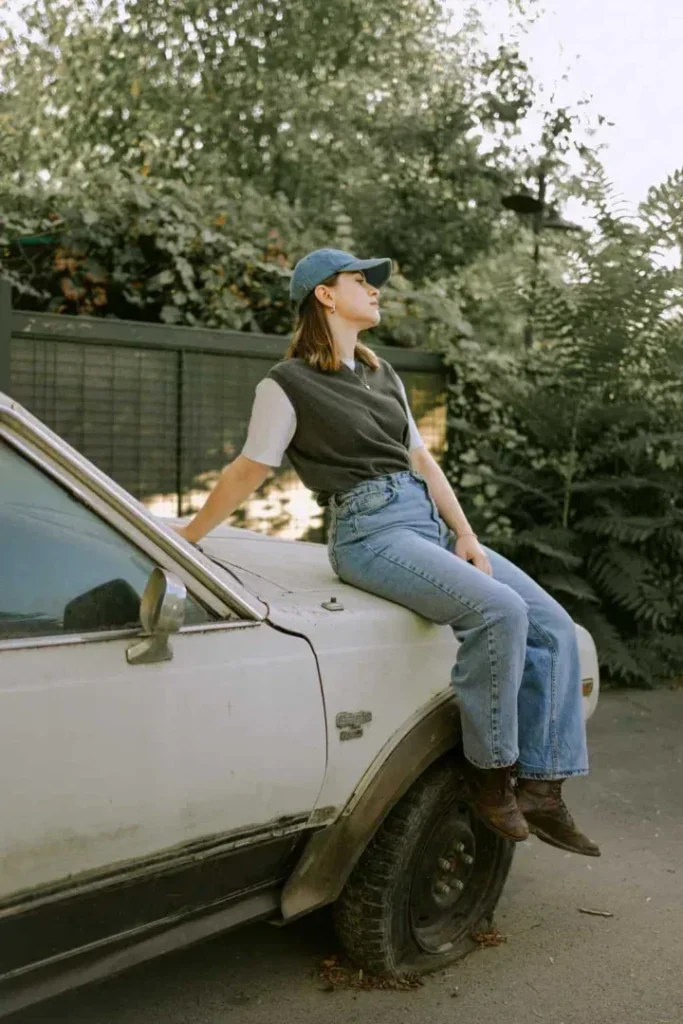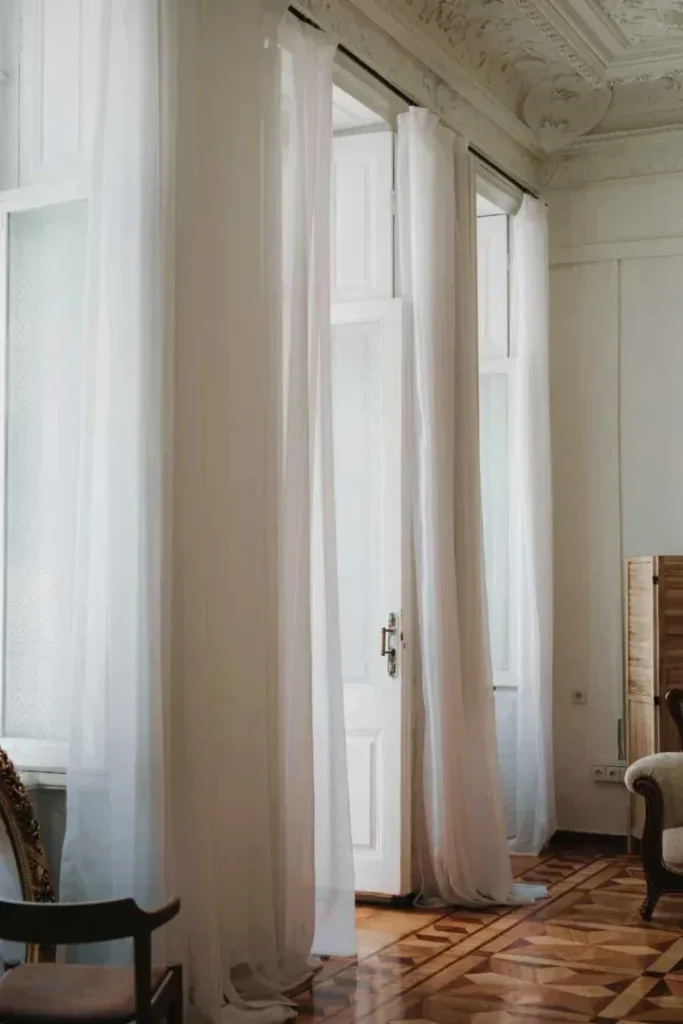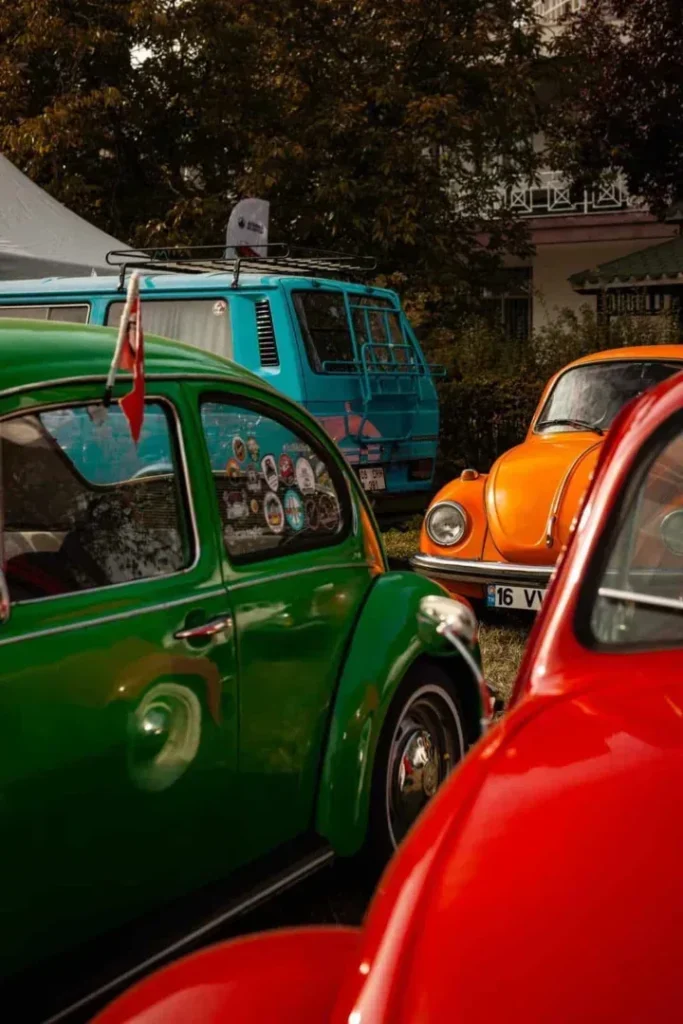Did you ever wonder about the age distinction between vintage and antique items? It’s a question that has left many scratching their heads. Well, fret no more! In this article, we’ll untangle the confusion and shed some light on the subject. Understanding the age categories of vintage and antique will not only satisfy your curiosity but also equip you with useful knowledge next time you stumble upon a unique piece at a flea market or in your grandma’s attic. So, let’s dive right in and decode the mystery of how old is vintage versus antique!

This image is property of images.pexels.com.
Defining Vintage and Antique
Vintage and antique are two terms commonly used to describe older items, but they have distinct meanings. Understanding the difference between vintage and antique is essential to accurately classify and identify these items.
Understanding the term vintage
The term vintage typically refers to items that are at least 20 years old but less than 100 years old. These items are often associated with a specific era or time period, and their value lies in their connection to the past. Vintage items can include clothing, furniture, accessories, and various collectibles.
Understanding the term antique
Unlike vintage items, antiques are much older and are generally considered to be at least 100 years old. They represent a specific period in history and are valued for their historical significance, craftsmanship, and rarity. Antiques encompass a wide range of items, such as furniture, artwork, jewelry, and decorative objects.
Major differences between vintage and antique
The major difference between vintage and antique lies in their age. Vintage items are typically between 20 and 100 years old, while antiques are at least 100 years old. Additionally, vintage items are often associated with a particular era or style, while antiques carry a deeper historical significance. Understanding these distinctions is crucial when classifying and evaluating vintage and antique items.
Age Classification of Vintage
Determining the age of vintage items can be a complex process that involves various factors. While there is no one-size-fits-all answer, certain guidelines can help define the age of vintage items.
Commonly accepted age range for vintage items
Vintage items are generally considered to be at least 20 years old but less than 100 years old. However, it is important to note that the specific age range can vary depending on the industry or market. For example, in the fashion industry, vintage clothing is often classified as items from the 1920s to the 1980s.
Factors determining the vintage status
Several factors come into play when determining whether an item can be classified as vintage. These factors include the item’s age, its historical significance, its association with a particular era or style, and its overall collectibility. Each of these aspects contributes to the vintage status of an item.
Exceptions to the age rule in vintage items
While the generally accepted age range for vintage items is between 20 and 100 years old, there can be exceptions based on individual circumstances. For instance, if an item is considered rare, highly sought after, or possesses significant historical value, it may still be classified as vintage even if it is less than 20 years old.
Age Classification of Antique
Antiques are typically much older than vintage items and carry a unique historical significance. Determining the age of an antique involves certain guidelines and considerations.
Commonly accepted age range for antique items
Antique items are generally considered to be at least 100 years old. This distinction sets them apart from vintage items and highlights their deeper historical value. Whether it’s furniture, artwork, or jewelry, the age factor plays a critical role in classifying an item as antique.
Factors determining the antique status
In addition to the age factor, several other elements contribute to an item’s classification as an antique. These factors include the item’s historical importance, craftsmanship, rarity, and overall demand within the antique market. The combination of these factors helps determine an item’s antique status.
Exceptions to the age rule in antique items
As with vintage items, there can be exceptions to the age rule when it comes to antiques. Certain items may be considered antiques before reaching the 100-year mark due to their historical significance, craftsmanship, or rarity. These exceptions are often rare and unique artifacts that hold exceptional value within the antique market.
Identifying Vintage Items
Identifying vintage items requires a keen eye for details and a good understanding of the characteristics associated with specific eras or styles.
Studying physical attributes of the item
When trying to identify a vintage item, carefully examine its physical attributes. Look for specific features, materials, and construction methods that were commonly used during the item’s era. Pay attention to details such as stitching, hardware, labels, and any distinctive design elements that can provide clues about the item’s age and origin.
Markings and labels that specify vintage age
Some vintage items may have markings or labels that provide valuable information about their age. These markings can include year stamps, manufacturer logos, or tags indicating the item’s era. Researching these markings and labels can help in accurately identifying the vintage status of an item.
Understanding the era-specific designs
Each era or style has its own unique design characteristics. Familiarize yourself with the specific design elements and motifs associated with different time periods. This knowledge will assist in identifying vintage items by their distinctive patterns, colors, shapes, and overall aesthetic.

This image is property of images.pexels.com.
Identifying Antique Items
Identifying antique items requires a similar level of attention to detail and an understanding of the particular characteristics associated with different eras.
Studying physical characteristics
When identifying antique items, thoroughly examine their physical characteristics. Look for telltale signs of age, such as wear patterns, patina, and natural aging of materials. Pay attention to the craftsmanship, construction techniques, and any specific features that indicate the time period in which the item was created.
Check for authenticity marks
Antique items often bear authenticity marks or signatures that can help verify their age and origin. These marks can include hallmarks, signatures of prominent artists or craftsmen, or stamps indicating the item’s provenance. Researching these authenticity marks is essential in confirming the antique status of an item.
Understanding era-related design patterns
Just like vintage items, antique items are also associated with specific design patterns and motifs that were prevalent during their era. Familiarize yourself with these design elements to identify antique items accurately. Study the different artistic movements and decorative styles that emerged during each historical period to gain a comprehensive understanding of era-related design patterns.
Value of Vintage Items
The value of vintage items is influenced by various factors, including age, condition, rarity, and market demand.
How age affects value
In general, the older a vintage item is, the more valuable it becomes. Age contributes to the item’s historical significance and rarity, making it more desirable among collectors and enthusiasts. However, not all vintage items increase in value solely due to their age; other factors also play a crucial role.
Influence of condition and rarity
The condition of a vintage item greatly affects its value. Items in excellent condition, with minimal wear or damage, are typically more valuable than those in poor condition. Rarity also comes into play, as items that are scarce or difficult to find hold a higher value due to their limited availability.
Demand and supply effect on value
Market demand and supply can significantly impact the value of vintage items. Items that are highly sought after by collectors or have gained popularity among a particular demographic tend to have a higher value. Conversely, if the supply of a specific vintage item exceeds the demand, its value may decrease.

This image is property of images.pexels.com.
Value of Antique Items
The value of antique items is determined by factors similar to those affecting vintage items, such as age, condition, uniqueness, and market demand.
Role of age in determining value
As with vintage items, age plays a crucial role in determining the value of antiques. The older an antique item is, the more valuable it tends to be due to its historical significance and scarcity. Age is often a key consideration for collectors and enthusiasts looking to acquire valuable antique pieces.
Influence of condition and uniqueness
The condition of an antique item is vital in determining its value. Items in excellent condition, especially those with minimal restoration or damage, are more sought after and command a higher price. Additionally, the uniqueness of an antique item, such as its design, craftsmanship, or historical significance, contributes to its value and desirability.
The impact of market demand on antique’s value
Similar to vintage items, market demand has a significant influence on the value of antique items. If an antique item is highly sought after by collectors, enthusiasts, or museums, its value is likely to increase. Conversely, if the demand for a particular type of antique diminishes, its value may decline as well.
Maintenance of Vintage Items
Proper maintenance and care are essential to preserve the quality and value of vintage items.
Recommended cleaning methods
When cleaning vintage items, it is crucial to be gentle and use methods that minimize the risk of damage. Avoid harsh chemicals and abrasive cleaning agents that can harm delicate materials. Instead, opt for gentle cleaning techniques, such as using a soft cloth or brush, mild soap, and lukewarm water.
Proper storage techniques
To prevent damage and deterioration, store vintage items in a controlled environment. Avoid exposing them to extreme temperatures or direct sunlight, as these can cause fading, discoloration, and warping. Use acid-free tissue paper, archival boxes, or garment bags to protect textile items from dust, insects, and moisture.
Preventing wear and tear over time
To minimize wear and tear, handle vintage items with care and avoid excessive use. Limit exposure to direct sunlight and display them in areas with minimal foot traffic to reduce the risk of accidents. Regularly inspect and clean vintage items, addressing any issues promptly to prevent further damage.
Maintenance of Antique Items
Preserving the integrity and value of antique items requires careful maintenance and preservation techniques.
Suggested cleaning procedures
When cleaning antique items, adopt gentle cleaning practices to avoid potential damage. Use appropriate cleaning agents suitable for the material and period, and follow instructions provided by professionals or experts. When in doubt, consulting a specialist or conservator can ensure proper cleaning without compromising the item’s condition.
Appropriate storage and display practices
Proper storage and display are essential for the long-term preservation of antique items. Store them in climate-controlled environments with stable temperature and humidity levels. For delicate items such as artwork or furniture, use padded covers, acid-free materials, and proper support to prevent scratches, dents, or warping.
Preserving antiques for the long-term
To preserve antiques for future generations, preventative conservation measures are crucial. Limit exposure to sunlight, as ultraviolet rays can fade colors and deteriorate materials. Regularly inspect and document the condition of antique items, addressing any deterioration or damage promptly. Consulting experts in professional preservation and conservation can provide guidance on specific techniques for long-term preservation.
Buying and Selling Vintage and Antique Items
When it comes to buying and selling vintage and antique items, several considerations should be taken into account.
Deciding between vintage and antique
Before making a purchase or selling an item, determine whether it falls into the vintage or antique category. Understanding the age and historical significance of the item will help you set a reasonable price and target the appropriate market.
Verifying authenticity before purchasing
When buying vintage or antique items, it is essential to verify their authenticity. Research the item thoroughly, consult experts or collectors, and examine any available documentation or provenance. Authenticity certificates or appraisals from reputable sources can provide further assurance.
Considerations when selling vintage and antique items
When selling vintage and antique items, there are several factors to consider. Research the market value of the item to ensure fair pricing. Take high-quality photographs and provide accurate descriptions to attract potential buyers. Consider selling through reputable antique dealers, auction houses, or online marketplaces to reach a broader audience.
By understanding the differences between vintage and antique items, their age classifications, identifying techniques, and value factors, you can navigate the world of vintage and antique collecting with confidence. Proper maintenance and preservation practices will help retain their value and ensure their longevity for future generations to appreciate and enjoy.

